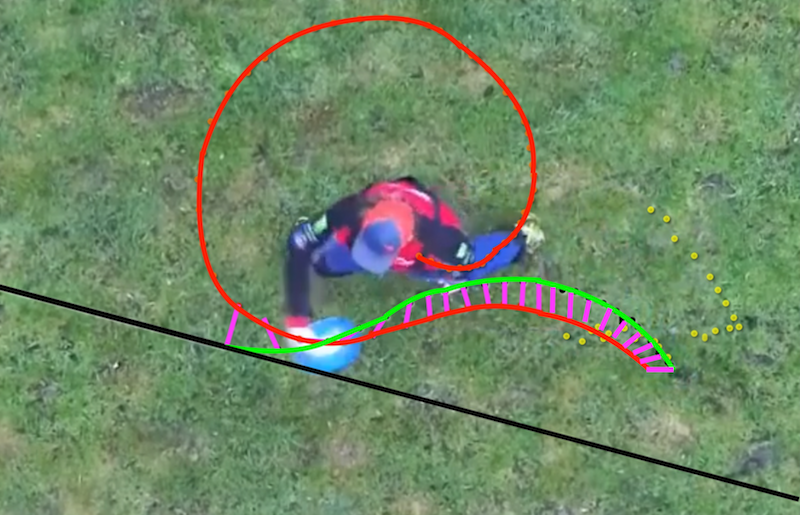TGDisc
Newbie
- Joined
- Jun 20, 2017
- Messages
- 17
Sorry if this question has been covered, but I haven't come across it yet...
On a backhand throw, should you focus on letting your throwing arm be as loose (not flexed or tightened) during the entire throw? Separate this thought from hand grip as I know your grip wants to be actively tight, but does the remaining portion of your arm need to be tight or does this create resistence?
To better describe what I am talking about, imagine in your reachback you have to pull a weighted cable (like at the gym) in the same line as your throw. You could partially relax your arm and pull a small amount of weight but you would be using you rear and outer delt, but when you get heavier and heavier, you'll notice your shoulder, bicep, AND forearm are required to pull it.
On a backhand throw, should you focus on letting your throwing arm be as loose (not flexed or tightened) during the entire throw? Separate this thought from hand grip as I know your grip wants to be actively tight, but does the remaining portion of your arm need to be tight or does this create resistence?
To better describe what I am talking about, imagine in your reachback you have to pull a weighted cable (like at the gym) in the same line as your throw. You could partially relax your arm and pull a small amount of weight but you would be using you rear and outer delt, but when you get heavier and heavier, you'll notice your shoulder, bicep, AND forearm are required to pull it.
